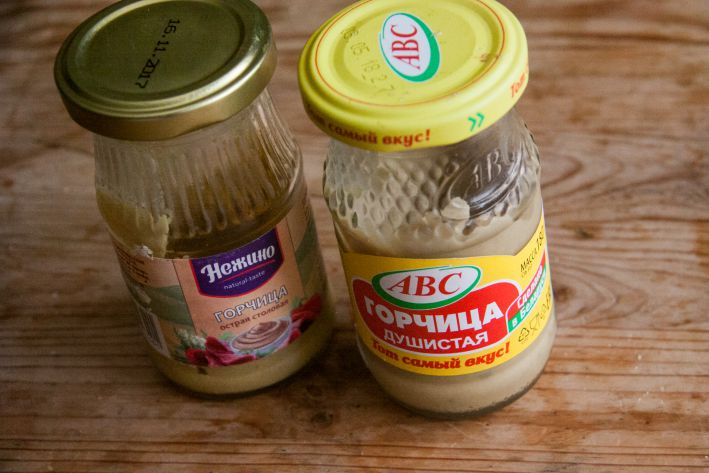Mustard is a common ingredient used in kitchens all over the world.
It adds a special spicy and piquant flavor to food.
The article will tell you what it is made of, what are the benefits and harms for the body, and how it is consumed in different parts of the world.
The first mentions of the plant
This is an annual plant belonging to the Cruciferae family. Mustard seeds are usually eaten. Less often, young leaves are used as an addition to salads.
Historians found the first mentions of mustard in the works of Hippocrates, who used mustard as a medicine. And Alexander the Great added it to drinks for his warriors. It is rightfully considered the most ancient in the world.

Beneficial and harmful properties for the body
When talking about the benefits, one immediately remembers its bright taste and spiciness, which act on the body as a warming and antibacterial agent.
Mustard has a pronounced antiviral effect, helping to fight colds. It is used internally and mustard plasters are applied to the back, chest and heels.
It contains a whole list of vitamins, which are especially well manifested in mustard oil. According to scientists, the concentration of useful substances exceeds even olive oil.
So, the composition includes vitamins A, E, B, PP, C, K, D. With the help of mustard, you can strengthen the immune system and blood vessels, normalize the functioning of the visual organ, develop resistance to viruses, replenish oxygen levels, lose weight due to a mild laxative effect and the removal of toxins.
But at the same time, the product can cause intolerance. It is strictly forbidden to use it for people with gastrointestinal problems, kidney diseases, tuberculosis. Daily use can provoke the development of varicose veins, increase stomach acidity, and cause shortness of breath. In addition, it is not recommended to eat before bedtime, as it causes insomnia.
Types of mustard
Residents of Russia are accustomed to hot mustard, which causes a burning sensation in the mouth, slightly tinted with acid and sugar. However, it has different types and, accordingly, taste qualities:
- Sarepta, known as Russian. It is represented by a yellow powder obtained from the seeds. It is considered the most pungent of all existing;
- white, the most delicate in taste. It is almost not spicy. For an interesting presentation, it can be colored with paprika or turmeric;
- Dijon, known as French. It differs from the others in its soft taste, which is obtained with the help of white wine and sugar.
Mustard in different countries of the world
Not all countries in the world have yellow mustard and spiciness. In England, it is usually mixed with apple cider, giving the product a sour taste. In America, the seeds are diluted with sugar and turmeric.
In the former CIS countries, the powder is mixed with horseradish and black pepper. Refined Italians prefer to add honey and white wine. Residents of Bavaria, like Russians, are also not against spiciness. They mix mustard with ginger syrup and chili pepper.
Mustard is a unique plant that allows you to improve your health and add a unique taste to familiar dishes.
Earlier we talked about a method for cooking liver that will make it soft and not rubbery.








